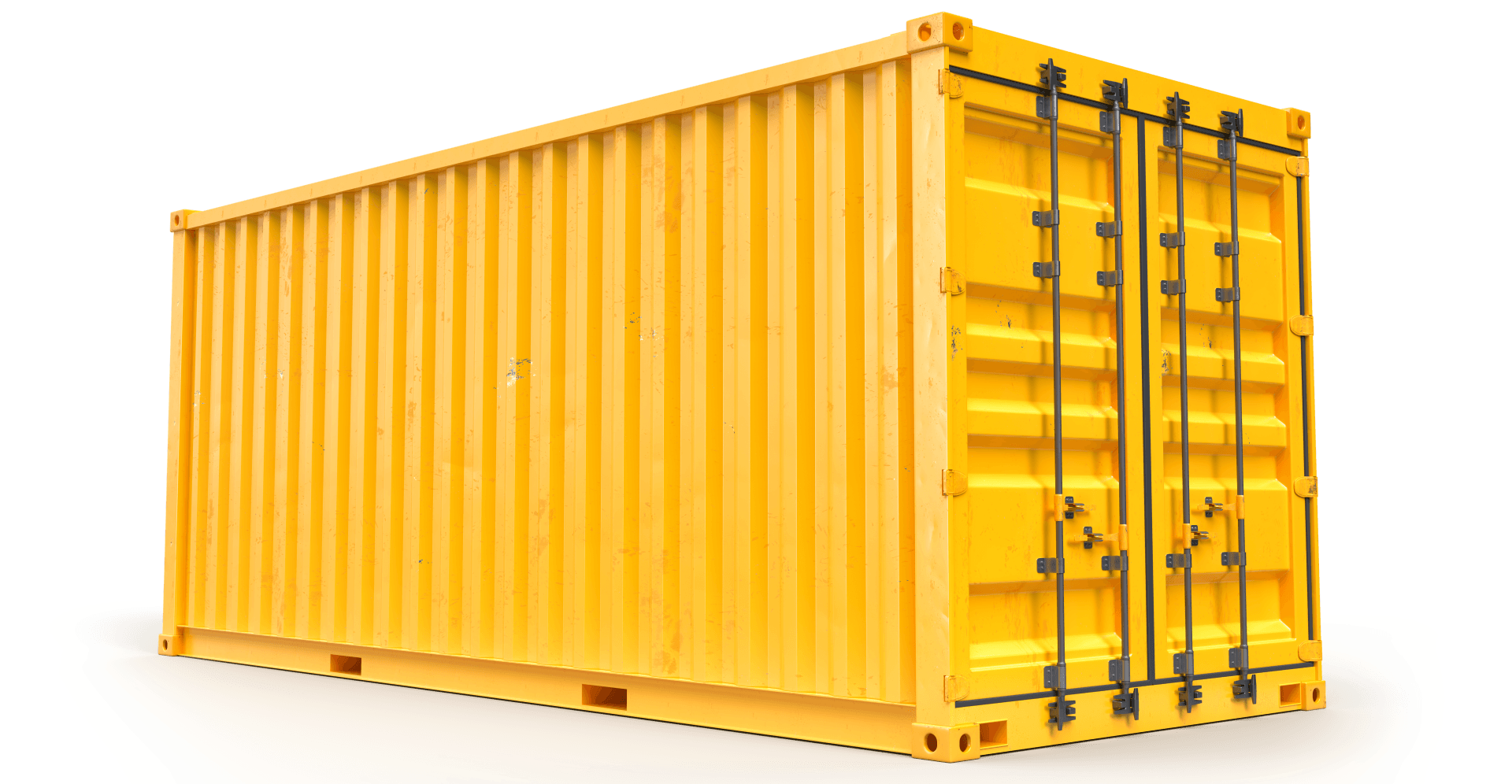Maritime transport - OCEAN FREIGHT
Marine transportation
Marine transport is possible in two ways:
Full containers FCL consolidation - cargo consolidation - LCL.
Full containers are called in professional terms FCL=FULL CONTAINER LOAD.
There are several types of the aforementioned containers, such as: 20-foot, 40-foot, and 40HQ containers - high, temperature-controlled containers
Consolidation container - LCL=LESS CONTAINER LOAD.
This is a container that contains loads of many customers from different suppliers.
This container is actually a "box" made of metal/aluminum, also called a container and is used in all types of transportation: airplanes, ships and in some countries even in freight trains and trucks that transport the container from the port to the customer's home.
The use of containers is intended to protect the goods from damage and theft, as the container is closed using a seal also called a plumba SEAL in English.
The containers are different in their volume and are translated into TEU twenty foot equivalent units, where a 20 foot container is considered 1 TEU while a 40 container is considered 2 TEU.1.
Most of the containers commonly used are the standard 20-foot, 40-foot, and 40-foot high cube containers.
The above containers are used for almost all types of goods except for products that require refrigeration and/or products with unusual dimensions.1.1.
20 foot container
Length: 5.90 meters
Width: 2.35 meters
Height: 2.39 meters
Volume: 28 m3
40 foot container
Length: 12.03 meters
Width: 2.35 meters
Height: 2.35 meters
Volume: 56 m3
40 high HQ container
Length: 12.03 meters
Width: 2.35 meters
Height: 2.69 meters
Volume: 66-68 m3
RORO – ROLL ON ROLL OFF
It is basically a roller ship that delivers cargo that can be transported (cars for example) on trailers.
This ship can transport train cars (with wheels of course) and cars.
The aforementioned goods are transported into the ship, ROLL ON and even ROLL OFF from it using the vessel's engines or with the help of a crane that assists in removing the transport vessel to the conveyor belt.
The use of the above is also found in various types of ferries, barges and even in their cargo ships as a furnace that helps in loading and unloading the vehicles from the decks and bow of the ship.
Refrigerated containers - 40RF - Refrigerated
These containers are used for products that require temperature control such as: food, medicines and chemicals.
OPEN TOP containers
Intended for goods with an unusual height that cannot be entered through the door, therefore containers of this type do not have a "roof" for the container and to protect the goods from the weather at sea they are covered with a
tarpaulin. Mainly intended for use in mechanical equipment with a particularly unusual height.
FL – FLATRACK containers are intended for unusual goods both in height and in width, therefore containers of this type have no sides and no roof.
Their use is mainly in mechanical equipment with complex dimensions.
TANK / ISO TANK containers
Intended for use with hazardous materials such as: use of certain liquids such as: fuel, industrial oils, chemicals and gases.The use of containers of this type is safer and more economical than the use of barrels since they meet international standards.
Consolidation - LCL partial containe
Below LESS CONTAINER LOAD
For more information and details




